Small corn harvesters, designed for compact spaces, offer a range of advantages for efficient crop management. Their reduced size does not compromise on functionality, as they are engineered to adapt to various line spacings and can operate horizontally, enhancing maneuverability in smaller fields. The incorporation of double spiral rollers aids in preventing entanglements and blockages, thus boosting harvesting efficiency.
These machines are not only harvesters but also contribute to field preparation for the next planting cycle. Equipped with a hob-type front grinder, they can crush corn straw thoroughly, leaving behind low stubble and ensuring a high stalk crushing rate. This feature simplifies land readjustment, making it conducive for subsequent sowing.
Safety and performance are also key advantages. The inclusion of an electronic visual monitoring system allows for a clearer view of the machine's operation, promoting safer use. Additionally, the alarm devices in the elevator and peeling parts provide timely fault notifications. The design also emphasizes a low impurity rate and high cleanliness, with an exhaust fan at the end of the conveyor to reduce impurities and a vibrating sieve to screen out unwanted materials, ensuring a stable performance that can sustain long working hours.
Lastly, the thoughtful engineering extends to power efficiency and durability. The dual power output design ensures a balanced power distribution, which, along with high-quality tires and a sealed engine cabin, contributes to reduced fuel consumption and enhanced reliability, making these small corn harvesters a practical choice for farmers looking to optimize their operations.

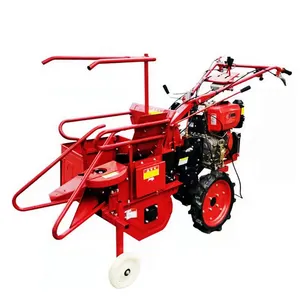










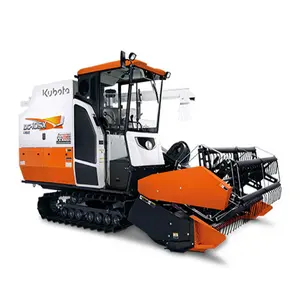
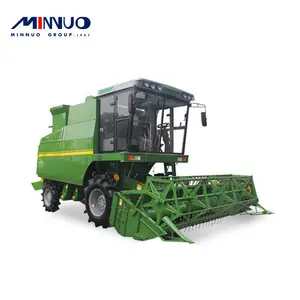


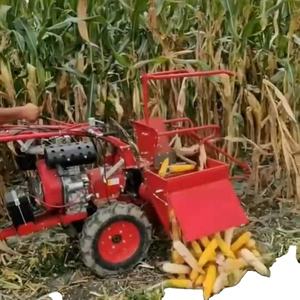






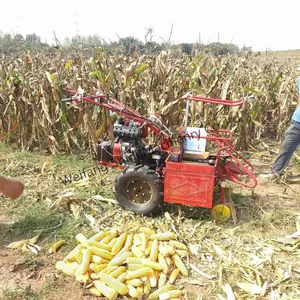






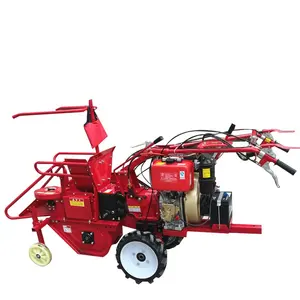



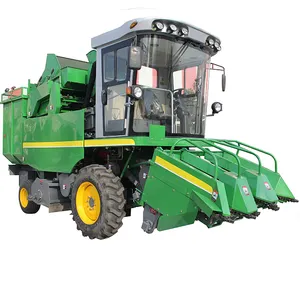

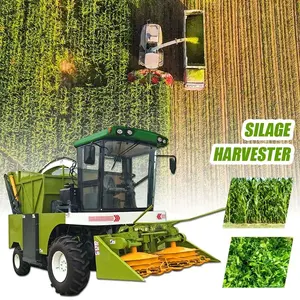

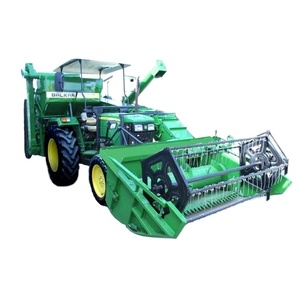


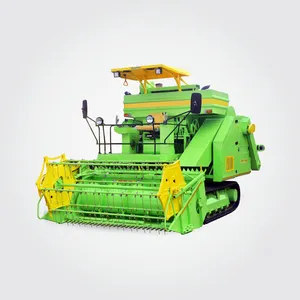



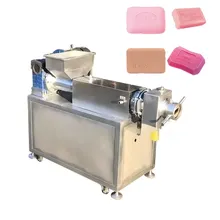
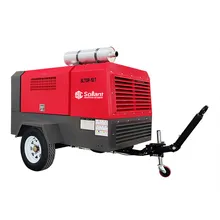
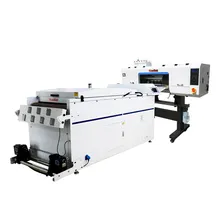
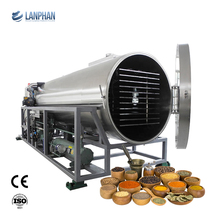
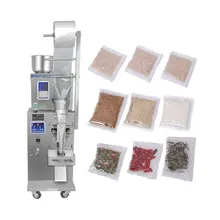

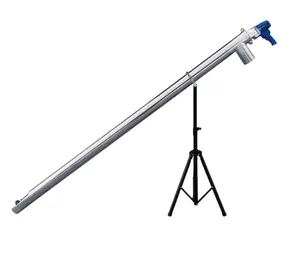



























 浙公网安备 33010002000092号
浙公网安备 33010002000092号 浙B2-20120091-4
浙B2-20120091-4